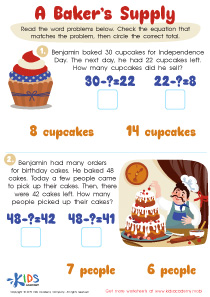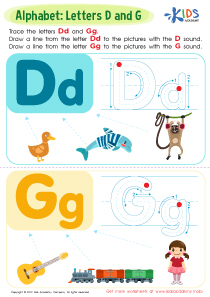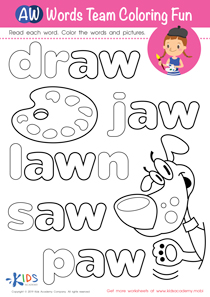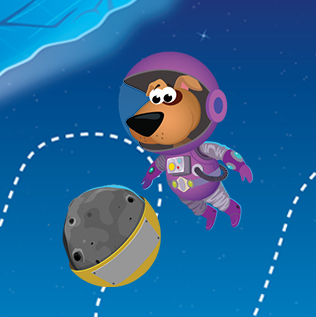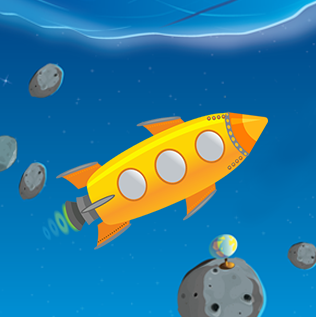English Language Arts Lessons | Word Relationships and Nuances, Grade 1
0 results
Introducing our Word Relationships and Nuances Lessons for first graders! This program is designed to help children build their vocabulary and understand the relationships between words. Our interactive worksheets and educational videos are sure to engage your child as they learn new words and their meanings. Our program focuses on teaching various nuances of words to help children express themselves more accurately. Each lesson comes with an assessment quiz, allowing you to track your child's progress. Our Word Relationships and Nuances Lessons take your child's language skills to the next level. Sign up today to enhance your child's vocabulary and communication abilities!
In Grade 1, children are just beginning their academic journey and are learning to read and write. However, it takes more than just basic reading and writing skills to excel in their studies. An understanding of word relationships and nuances is crucial for children to effectively communicate and comprehend text. That's why our lessons on Word relationships and nuances are designed to help students improve their academic performance.
Our interactive worksheets and educational videos focus on teaching children how to identify the relationships between words. Through our lessons, students learn about synonyms, antonyms, homophones, and homonyms. These concepts help students understand how words are related to each other and how they can be used interchangeably in different contexts. Our assessments then put their knowledge to the test, ensuring that they have a solid grasp of the material.
By understanding word relationships, students can broaden their vocabulary and communicate more effectively. They can also learn to express themselves with greater clarity and precision, which is essential for success in their academic and personal lives. When students know how to choose the right words, they can communicate their ideas more effectively and express their thoughts with greater nuance and complexity.
Our lessons on nuances take it even further, as children learn how to identify the subtle differences between words. Through our lessons, children learn to differentiate between words that are similar in meaning but have subtle distinctions. By understanding these nuanced differences, children can use words appropriately and effectively as they communicate their thoughts and ideas.
For example, our lessons might focus on the difference between "happy" and "content." While these two words may seem interchangeable, they have subtle differences in meaning. By understanding these nuances, children can use each term more effectively and with greater precision.
Our lessons on word relationships and nuances are built with children's learning needs in mind. We use interactive materials, including worksheets, videos, and assessments to make learning engaging and fun. Our assessments help children to track their progress, identify areas where they need more practice, and reinforce the concepts they've learned.
In conclusion, our lessons on word relationships and nuances are a valuable tool for children in their studies. By understanding how words are related to each other and the subtle distinctions between them, children can build their vocabulary, communicate more effectively, and master the English language. With our interactive worksheets, educational videos, and assessments, children can learn in a fun and engaging way that will help them excel in their academic and personal lives.
